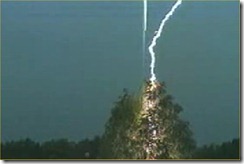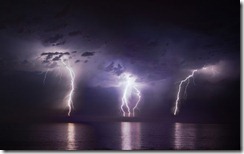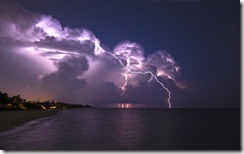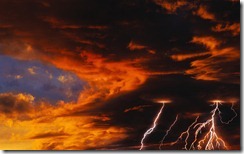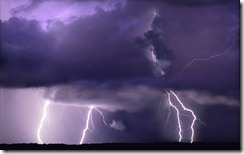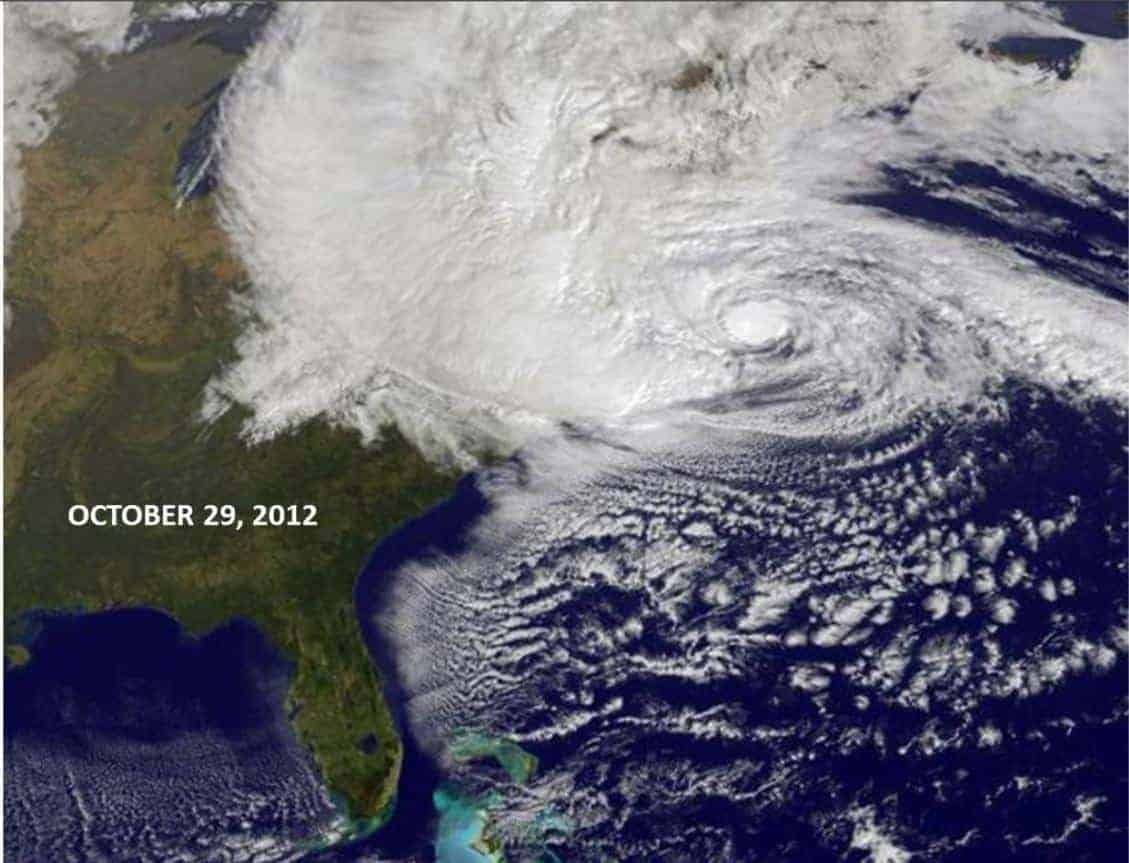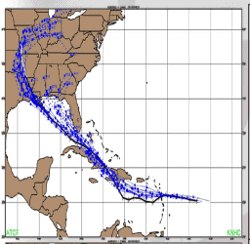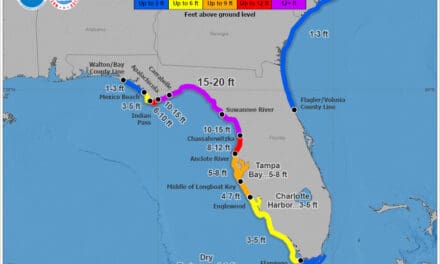by wxbrad
Lightning occurs with all thunderstorms and is what defines a thunderstorm. North Carolina faces dangers from lightning throughout the entire spring and summer. Over the course of one year, the earth will be struck by lightning nearly 20 million times. In a typical year there are around 500,000 lightning strikes in North Carolina. Since 1959 there have been nearly 200 reported lightning deaths in North Carolina. Unfortunately many lightning deaths go unreported and are attributed to cardiac arrest meaning the actual number of lightning deaths in North Carolina is probably much higher. Most lightning deaths are the result of cardiac arrest so knowing how to respond quickly using c.p.r. can save a lighting victims life.
Lightning results from the buildup and discharge of electrical energy between positively and negatively charged particles. A thunderstorm builds up a huge electrical charge as ice particles inside the storm collide and through friction generate a static charge. These particles of suspended ice in the thunderstorm collide as they are carried around by the storm’ updraft and downdraft. Once the electrical charge is strong enough to travel from the cloud to the ground, a lightning bolt is created.
A lightning bolt carries as much as 300000 amperes and one billion volts. The air around the lightning strike is instantly heated to 50,000 degrees.
This is five times hotter than the surface of the sun. This instantaneous heating of air around the lightning strike causes the air molecules to explosively expand. This expansion occurs so rapidly it compresses the air forming a shock wave similar to a sonic boom. The shock wave travels through the atmosphere…resulting in thunder. The acoustic shockwave near the lightning strike is strong enough to rupture the eardrums of those
standing nearby.
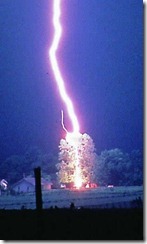 You can use thunder to gage the distance of a lightning strike. You merely count the number of seconds between the moment you see the flash of lightning and hear the clap of thunder. Once you see lightning…start counting seconds. For every 5 seconds that go by before you hear the clap of thunder…that’s one mile. Keep in mind this technique only tells you how far away that one lightning strike was from your location. The next one could be a lot closer. Lightning can travel as far as 10 to 12 miles from a thunderstorm. For that reason, anytime you hear thunder or see lightning, seek shelter indoors.
You can use thunder to gage the distance of a lightning strike. You merely count the number of seconds between the moment you see the flash of lightning and hear the clap of thunder. Once you see lightning…start counting seconds. For every 5 seconds that go by before you hear the clap of thunder…that’s one mile. Keep in mind this technique only tells you how far away that one lightning strike was from your location. The next one could be a lot closer. Lightning can travel as far as 10 to 12 miles from a thunderstorm. For that reason, anytime you hear thunder or see lightning, seek shelter indoors.
Most lightning fatalities occur when people are caught outside working or taking part in some recreational activity. Because of the abundance of outdoor activities in North Carolina…we are especially vulnerable to lightning. If outside…move indoors if possible. Stay off of the telephone and stay away from windows. If caught outdoors, stay away from trees, telephone poles, and other tall objects. When boating…try to seek safe shelter before the storm approaches. Stay indoors for at least 30 minutes after hearing the last clap of thunder. This should guarantee your safety.
More information about lightning can be found by visiting: http://www.lightningsafety.noaa.gov
http://www.srh.noaa.gov/srh/jetstream/lightning/lightning_intro.htm

